Throughout its rich history of trade, migration and empire, the East African coast – from Eritrea in the north to Mozambique in the south – has developed a unique cultural, religious and demographic identity that makes it distinct from the rest of the African continent.
The people of the East African coast are commonly referred to as ‘Coastal Arabs’ or ‘Swahili Africans’. The criss-cross of cultures, ideas, languages and ethnicities between East Africa and southern Arabia throughout history has given rise to a unique fusion of African and Arab culture. This has led many to argue that the people of the region would identify more closely with the people of the southern Arabian Peninsula than they would with Africans living inland on the continent.
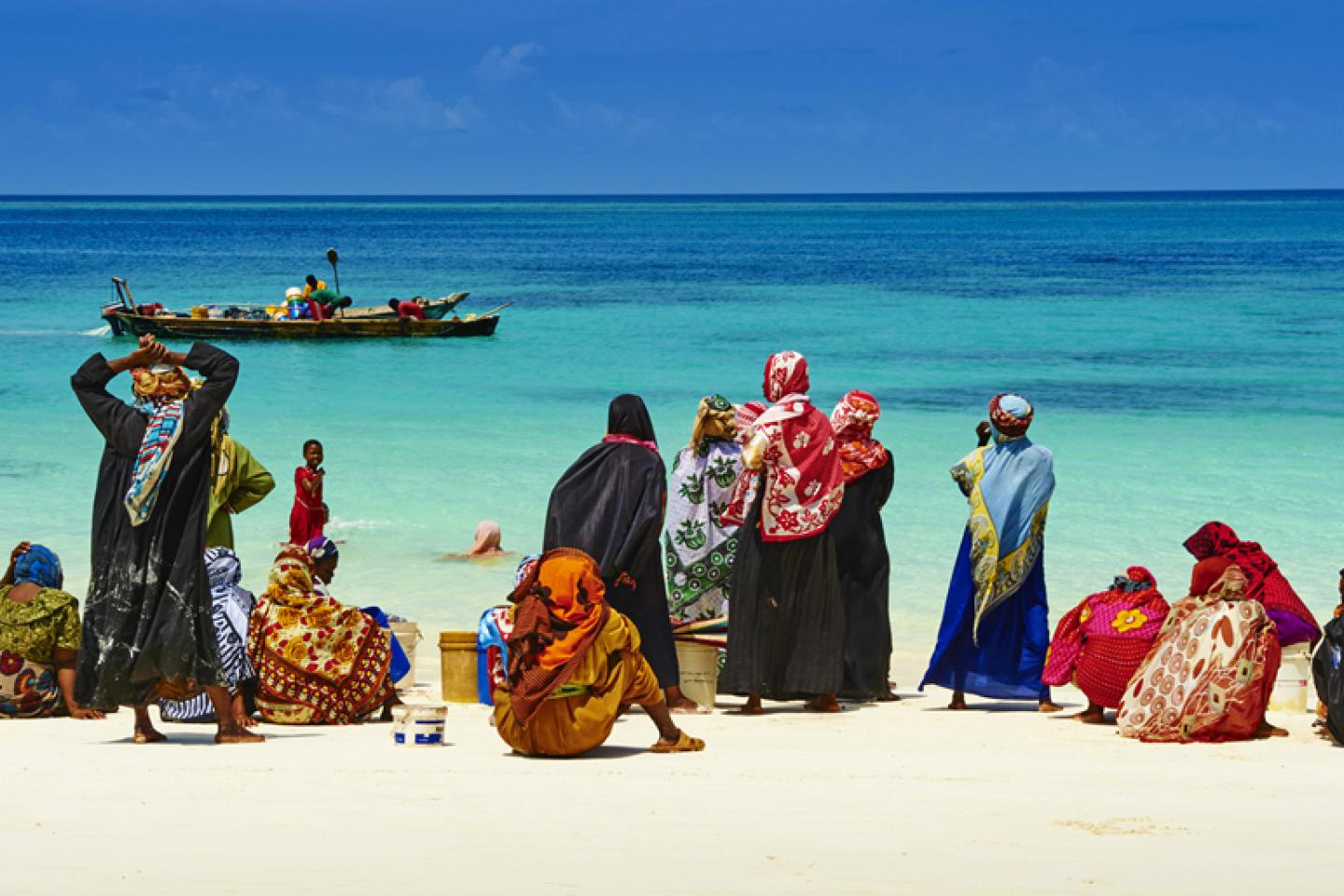
The movement of people and cultures across the Indian Ocean is intrinsically tied to the history of trade in the region and can be traced back thousands of years. Goods and commodities such as ivory, animal skins, spices, timber and gold were exported from Africa to Arabia, Persia and even China, while jewellery, fragrances, kohl, rice, coffee and tea flowed back in the other direction. Meanwhile, as trade links grew, marriage between East African women and Arab men cemented the cultural links between the two regions and fused communities together.
But trade links in the region cannot be separated from the history of slavery, which was driven in the beginning by the Sultanates of the Persian Gulf. Centuries ago, African slaves were transported and sold to work as sailors in Persia, pearl divers in the Gulf, soldiers in the Omani army and workers on the salt pans of Mesopotamia (modern day Iraq). The movement of people often took place via the Tanzanian island of Zanzibar – the former capital of the Omani Empire, which at its peak held East African territories from Mogadishu to Mozambique. Many were also sold to wealthy households as domestic workers and women were taken as sex slaves. During the years of the slave trade, many Arab traders began to settle on the coast, further entrenching the marriage of cultures.
Essential resources on slavery and anti-blackness in the Middle East
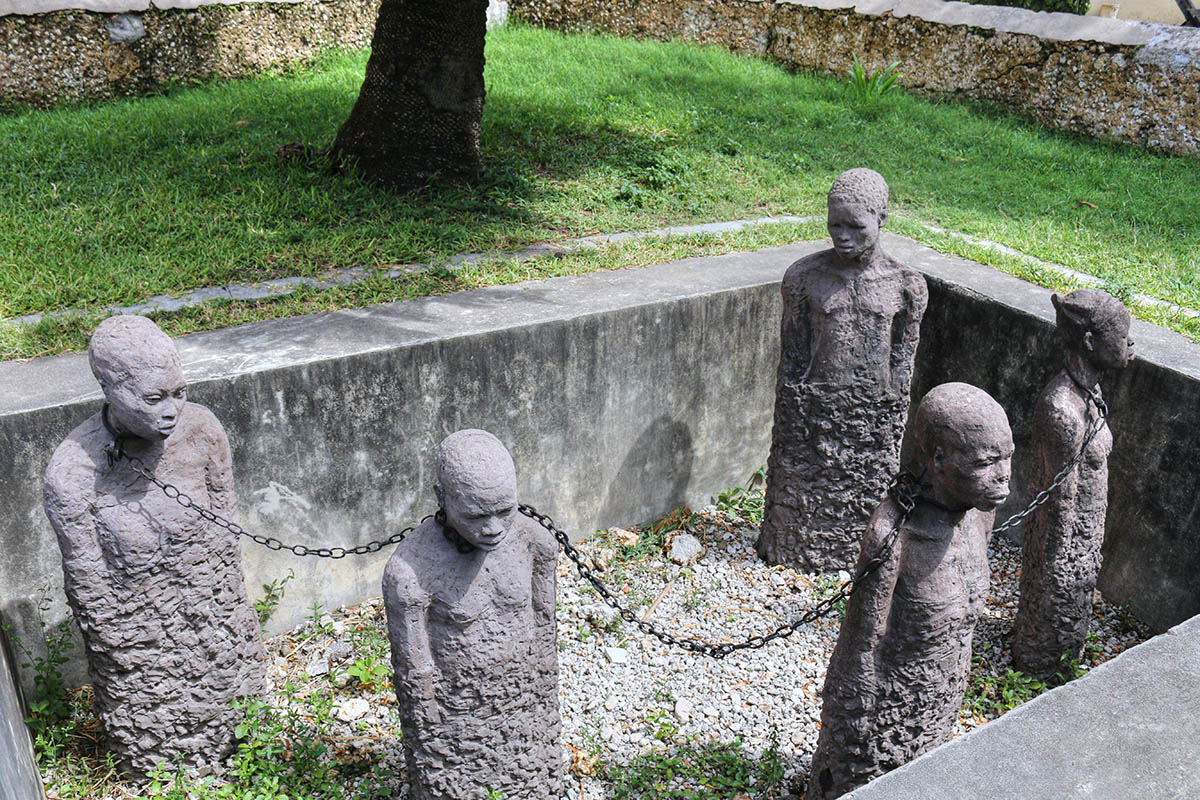
One of the most important migration routes from South Arabia to the East African coast was from Hadhramaut, Yemen. Hadhrami merchants and religious scholars represent the largest and best-known Yemeni diaspora communities, having settled all around the Indian Ocean from East Africa to India to Southeast Asia. Hadhrami settlers, and particularly the sayyids (religious scholars) were instrumental in consolidating the Islamic faith on the Swahili coast.
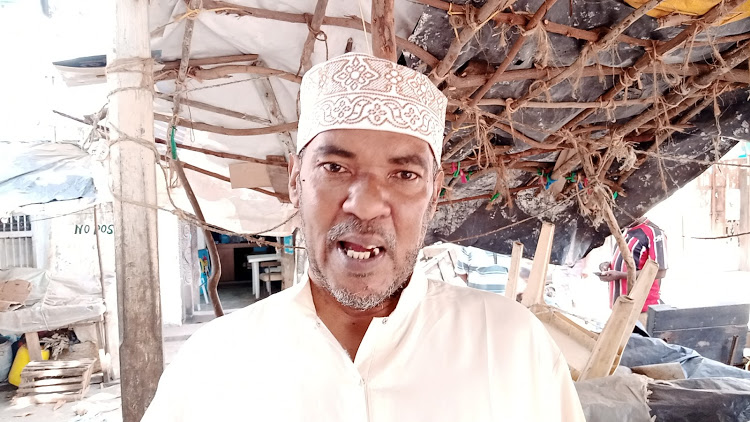
The Hadhramis, however, were not the first Muslims to settle in East Africa. During the time of the Prophet Mohammed, Muslims facing persecution in Mecca fled the Arabian Peninsula across the Red Sea, settling in what is now Ethiopia and making their way south across subsequent generations, bringing their religion with them.
This pattern continued over the centuries that followed, with violence and civil war in Arabia leading people to seek refuge in Africa. It even continues today, although the migration goes both ways – Somalis have fled to Yemen in recent decades, hoping to seek a better future in Saudi Arabia and the other Gulf monarchies. Meanwhile, since the outbreak of civil war in Yemen in 2015, desperate Yemenis have also crossed the Red Sea to seek refuge in Somalia.
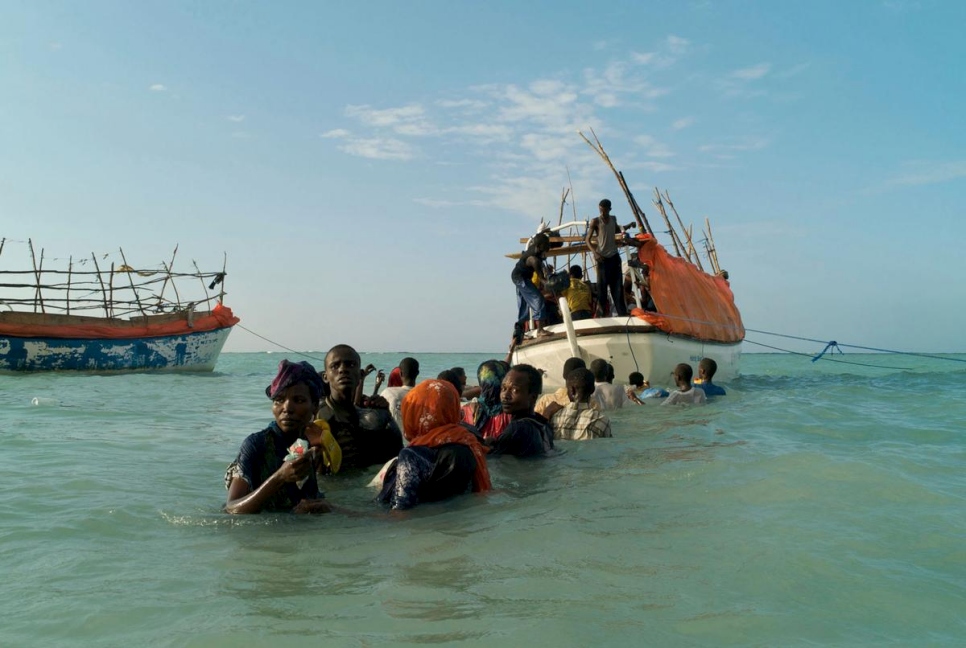
One of the clearest examples of the cultural and historical links between East Africa and Arabia is the Swahili language. In fact, the word Swahili itself comes the Arabic word ‘sahil’, which means coast. The Swahili language is a fusion of African Bantu and Arabic, and there are a number of similarities with Arabic as it is spoken in the Middle East today, although it is written using the Latin script.
If you’re already a native Arabic speaker or a student of Arabic, you’ll likely find Swahili a relatively easy language to learn. There is a huge amount of crossover in the vocabulary, but because Swahili is predominantly a spoken language, the grammar is considerably easier than Arabic.
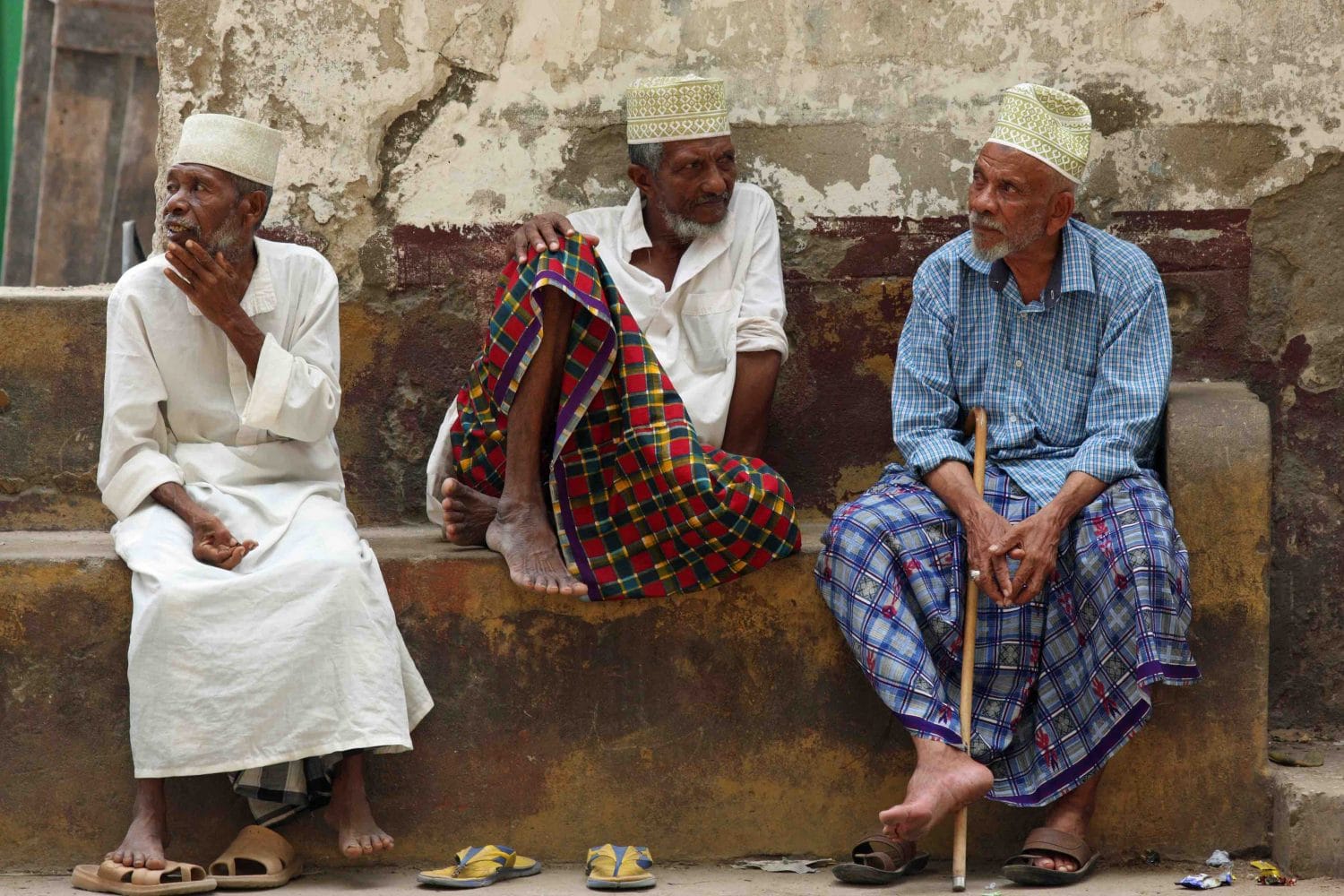
Here are a few Swahili words borrowed from Arabic:
- Travel: safari / سفر (safar)
- Danger: hatari / خطر (khatar)
- News: habari / خبر (khabar)
- Companion / friend: rafiki / رفيق (rafiq)
- Time: wakati / وقت (waqt)
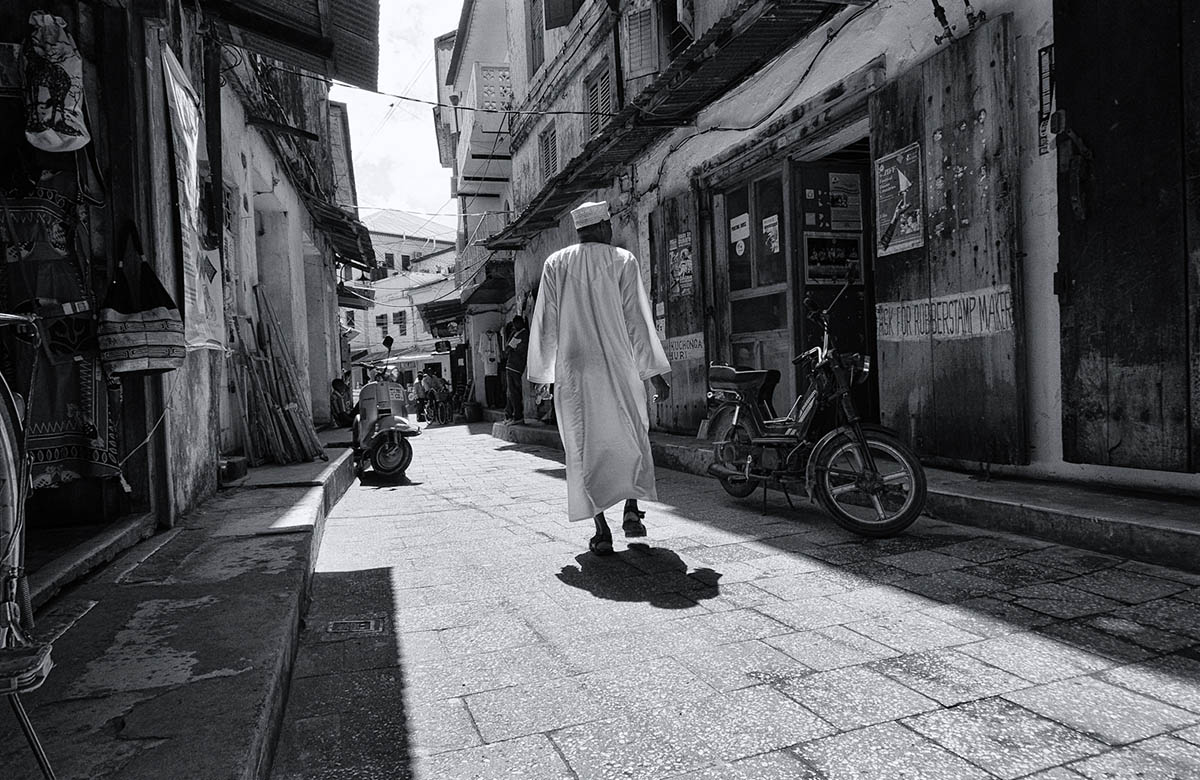
If you found this useful, you might also like:
5 things you can do as a traveller to increase your cultural awareness
5 reasons to visit Salalah, Oman
Arabic coffee: 5 things you didn’t know about coffee and its roots in the Middle East






